BARCELONA, Spain — Priced from $36,245, including $1,295 for destination, the new EX30 is Volvo’s least-expensive car. But make no mistake, there’s nothing cheap about this subcompact electric crossover. From its solid road manners to its clever use of interior textiles, this little cutie is comfortable, competent and bursting with charm.
We'll get the EX30 in Single Motor Extended Range and Twin Motor Performance variants when it goes on sale in the U.S. early next year. Both models are powered by a 69-kilowatt-hour battery pack – 64 kWh of which is usable – that can be replenished at a maximum charging rate of 153 kW. Volvo says you’ll only need 27 minutes to take the EX30 from a 10% to 80% state of charge, but that’s assuming the battery is properly preconditioned, the charger you’re plugged into actually works correctly, the planets are all aligned, etc.
The Single Motor’s, um, single motor is mounted to the rear axle, producing 268 horsepower and 253 pound-feet of torque. This’ll get the EX30 to 60 mph in a perfectly respectable 5.1 seconds, and Volvo estimates a 275-mile driving range for this configuration – though not if you’re testing that aforementioned launch time on the regular, of course.
The Twin Motor Performance has the same rear drive unit, but adds a second motor to the EX30’s front axle for a total output of 422 hp and 400 lb-ft of torque. That’s a whole heck of a lot of power – even for a 4,140-pound crossover – and my goodness, does this EX30 scoot. Put the EX30 Twin Motor into its Performance AWD setting, stomp the throttle and you’ll hit 60 mph in 3.4 seconds. That makes the EX30 Volvo’s quickest accelerating production car ever.
Nifty as that is, however, after a day of driving the EX30 on winding Spanish country roads and darting through traffic in Barcelona’s busy city center, I think the Single Motor is the way to go. Remember, even the pokiest EVs still feel quick thanks to instant electric torque, and at no point does the Single Motor EX30 ever feel like it can’t get out of its own way.
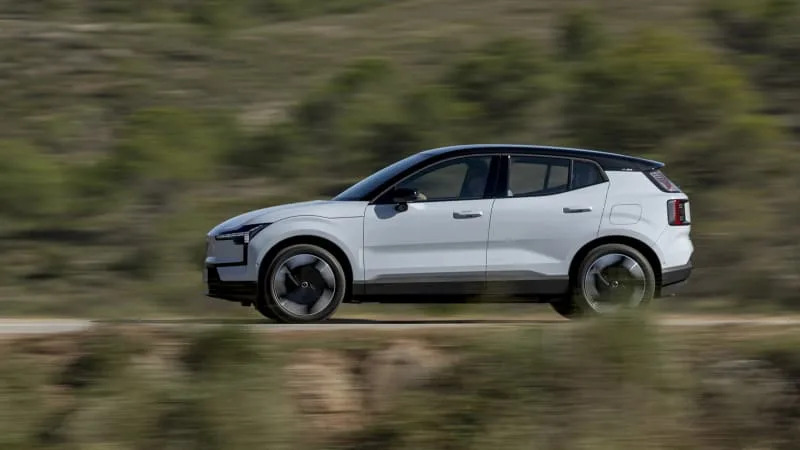
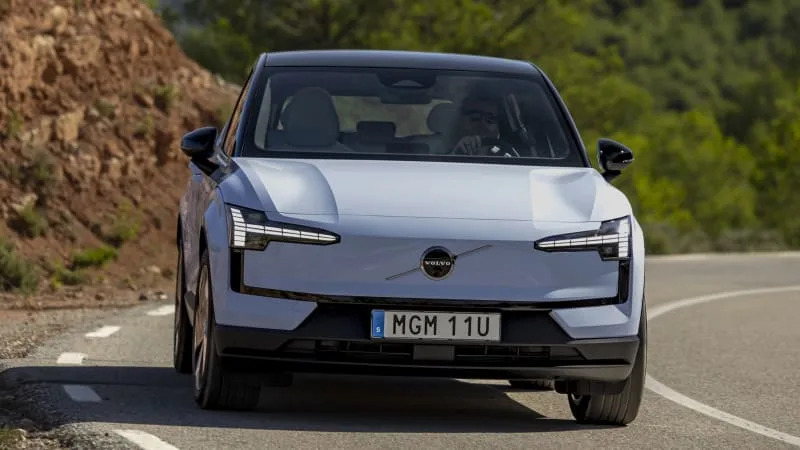

Beyond that, though, the EX30 Single Motor is simply more fun to drive. At 3,858 pounds, the rear-drive EX30 is 282 pounds lighter than the AWD version, and all that weight comes off the front end. This makes Volvo’s tiny EV feel more playful and agile while cornering, especially with the well-weighted steering – not to mention the fun-to-handle squircle wheel.
It’s also worth noting that the EX30 Twin Motor’s all-wheel-drive system is reactionary, where the front drive unit doesn’t power up unless deemed necessary by acceleration demands or traction control. In order to keep the front motor running at all times, you have to activate the Performance AWD setting in the infotainment system’s drive mode screen. Doing this will almost certainly tank your range, though I’ll admit I’m impressed by the fact that, despite its added power and weight, Volvo says the AWD EX30 should still return 265 miles on a full charge. Not a huge loss compared to the rear-drive model.
No matter the motor count, strong regenerative braking is available through a one-pedal driving mode that can easily be turned on and off in the center screen. The EX30’s ride quality is comfortable with the Single Motor’s optional 19-inch wheels, but borderline too-firm if you spec the Twin Motor with its available 20s. And while there isn’t a sporty bone in this SUV’s body, it doesn’t hate being hustled through the occasional corner, that big battery ballast helping to provide a low center of gravity.

For the most part, everything’s fine and dandy from behind the wheel, where the EX30’s super-low dashboard allows for a commanding view of the road ahead. It sucks that the speedometer is exclusively housed in the center touchscreen, especially since Volvo doesn’t offer a head-up display, but at least the readout doesn’t get washed out in the sunlight should you order your EX30 with the full-length glass roof.
That 12.3-inch infotainment tablet runs a newer version of Volvo’s Android-powered operating system, which is much easier to use than the company’s old Sensus Connect software. The system responds quickly to inputs and will let you log into your Google account to access apps like Spotify, though you can also run wireless Apple CarPlay if you choose.
Pretty much all of the EX30’s controls are found in the touchscreen, though Volvo smartly keeps a row of hard buttons at the bottom for the climate control and vehicle settings. Yes, it’s annoying to have to go into the screen to adjust the side mirrors, but if you own the EX30, this is something you’re only likely to do once, so it won’t be a persistent issue.


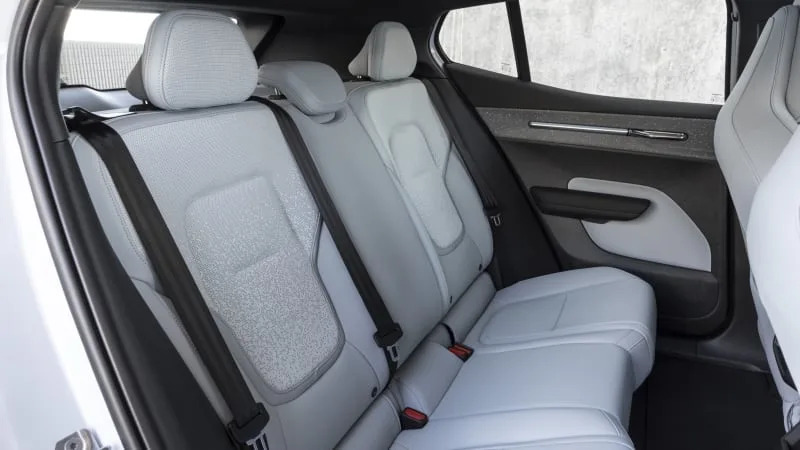
As a whole, Volvo is outrageously proud of the EX30’s interior, where the company has put a greater focus than ever before on using recycled, sustainable materials. The four interior themes – or “rooms” as Volvo calls ‘em – all look great, especially in the optional green or blue hues, the latter of which uses fabric made from recycled denim scraps. The front seats are super comfortable, and the rear bench is spacious enough that actual adult humans can sit back there without unnecessary contorting. There’s just shy of 32 cubic feet of space if you fold the back bench flat, too, and the EX30’s upright design lends itself to carrying bulky, boxy items.
The EX30’s cabin isn’t without its faults, though, and most are purely the result of necessary cost-cutting to hit that attractive price point. The plastic panels below the arm rests are pretty awful, as are the dual-purpose window switches housed in the center console, where you have to press a button to get them to activate the rear glass.
Still, those are minor gripes in the grand scheme of things; the EX30 is an incredibly competent and compelling crossover that a lot of EV buyers are bound to like. $36,245 gets you in the door with the base Single Motor Core trim, which is in no way a decontented stripper model – it comes standard with 18-inch wheels, blind-spot monitoring, front and rear collision mitigation tech, that full suite of multimedia goodies and more. Opting for the more lavishly appointed Plus and Ultra specs cost $40,195 and $41,895, respectively, and these trims unlock options like 19-inch wheels, adaptive cruise control with lane-change assist, a 360-degree camera system and automated parking assist, just to name a few.
Oh, want another reason to stick with the Single Motor EX30? You’ll need at least $46,195 to get into a Twin Motor Performance, or $47,895 if you want it fully loaded. Maybe that upcharge is worth it to you, but for me, what sells the EX30 isn’t its power – it’s that you can get a nice-driving EV that’s chock full of features for not a lot of money. This crossover is proof positive that an inexpensive car doesn’t have to feel cheap.

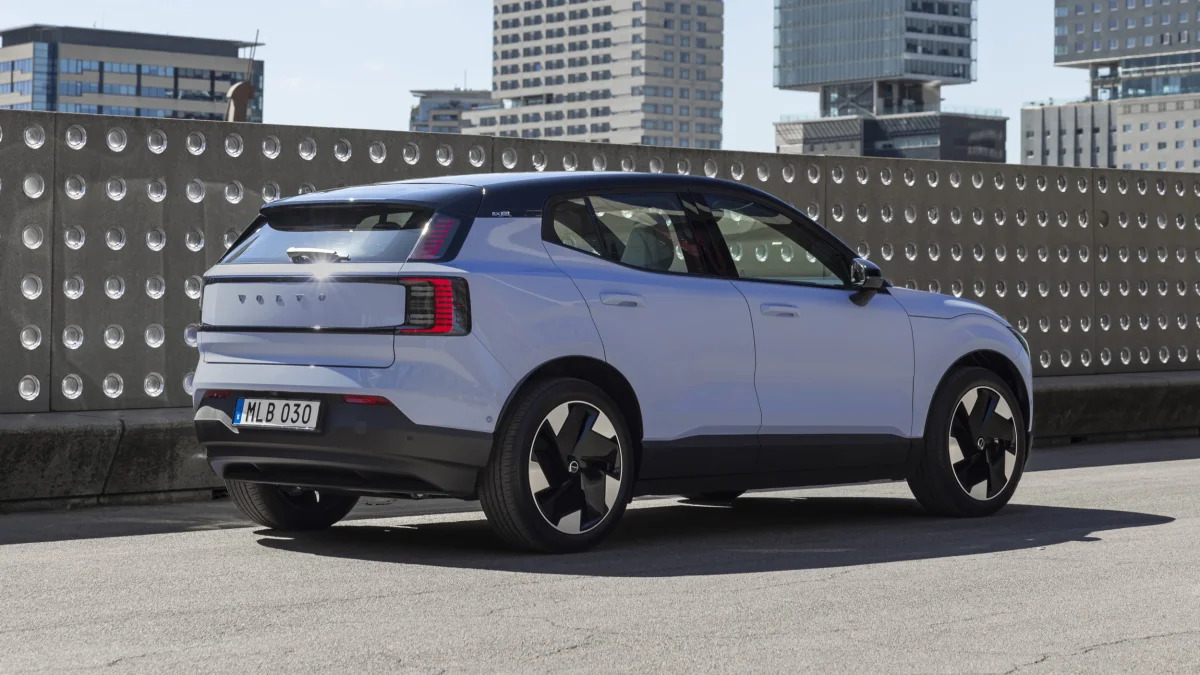











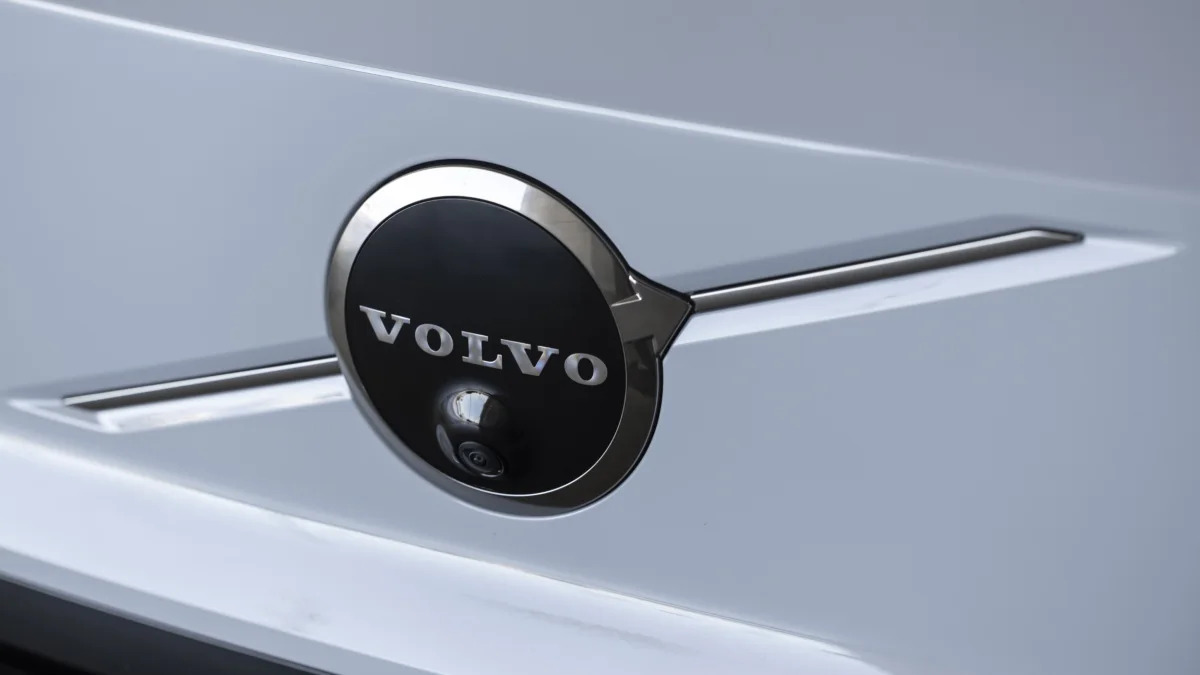









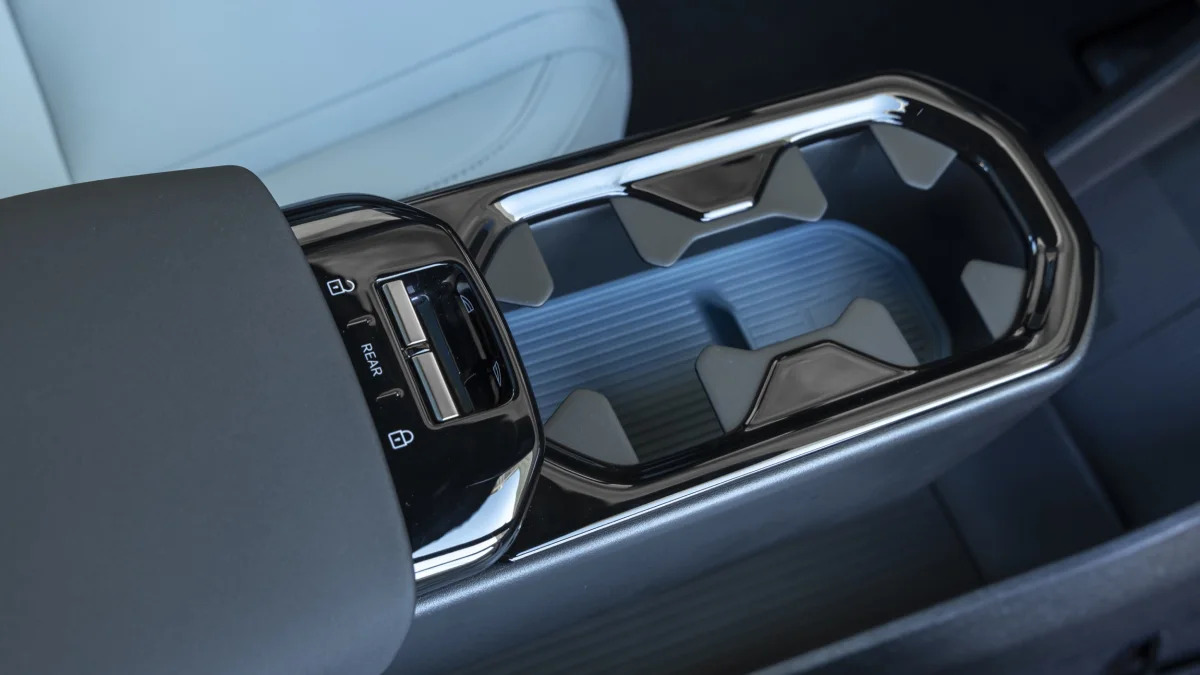
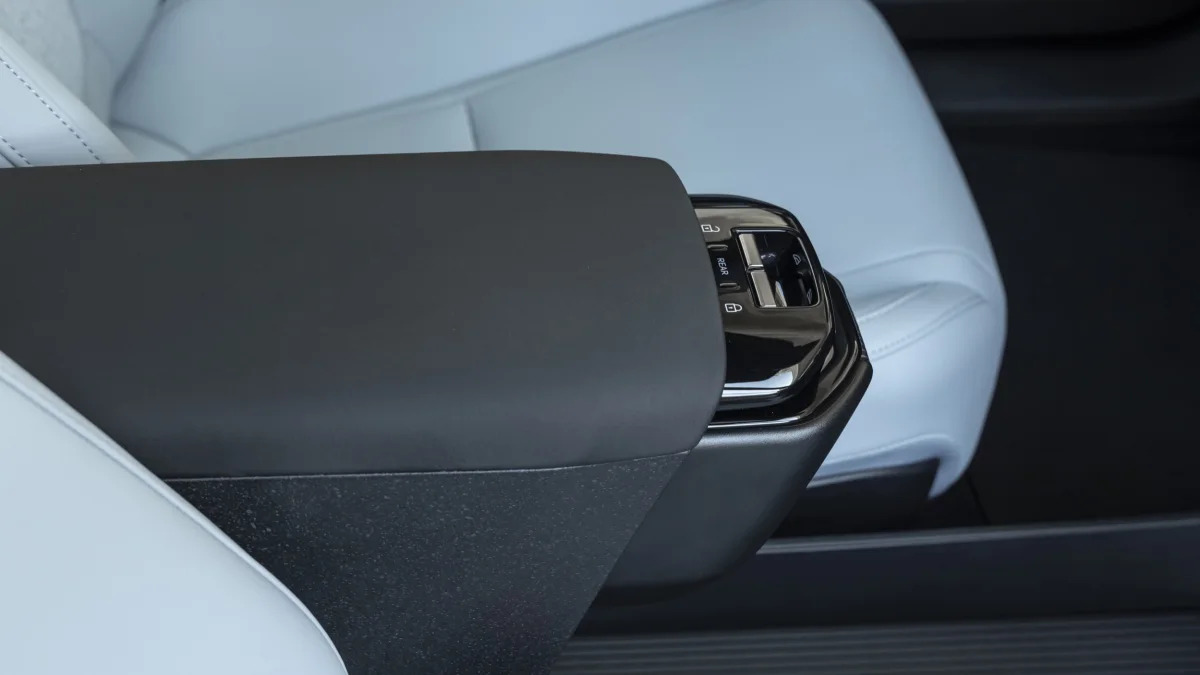







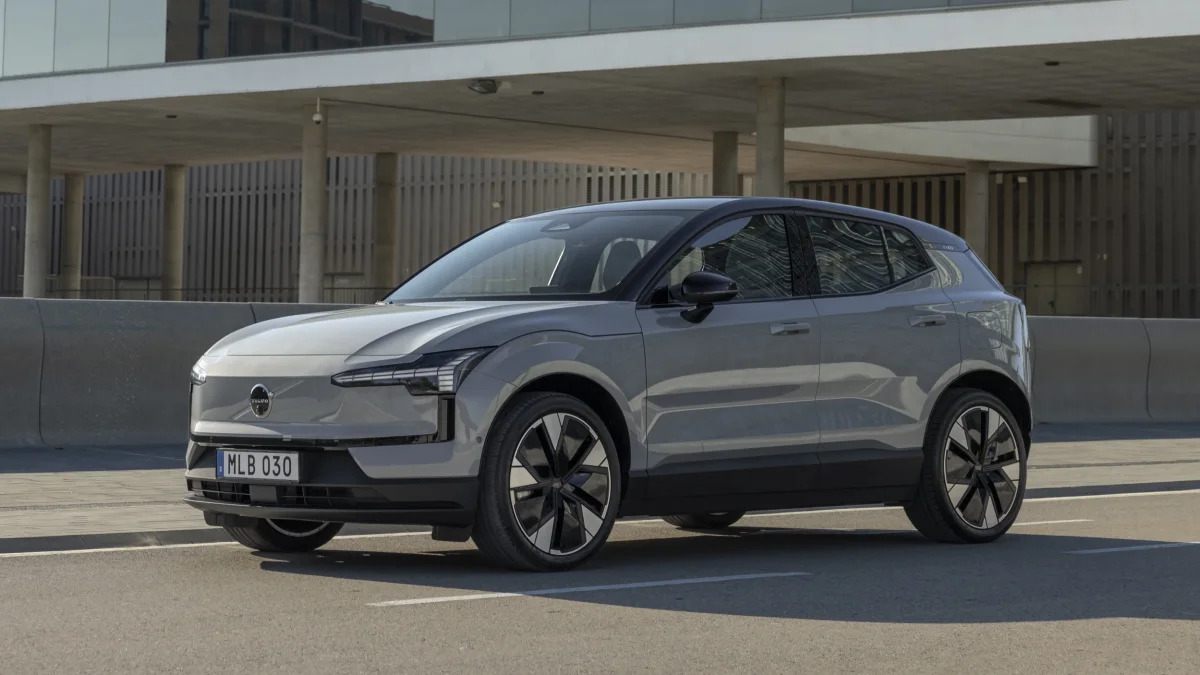


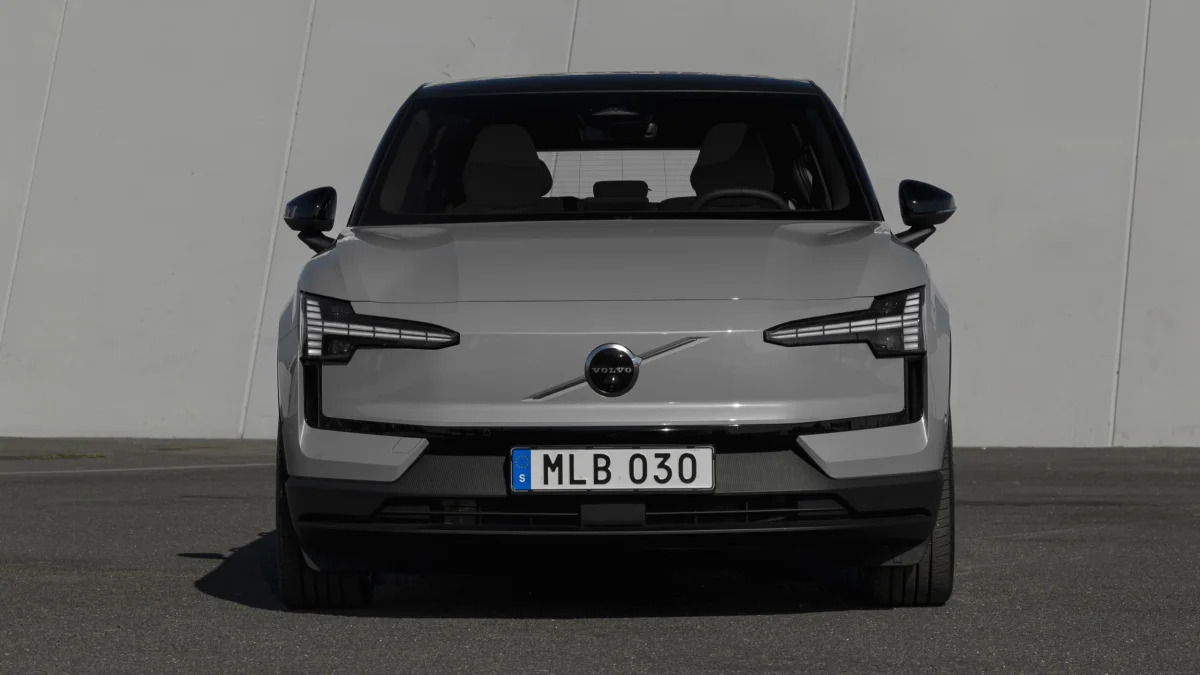




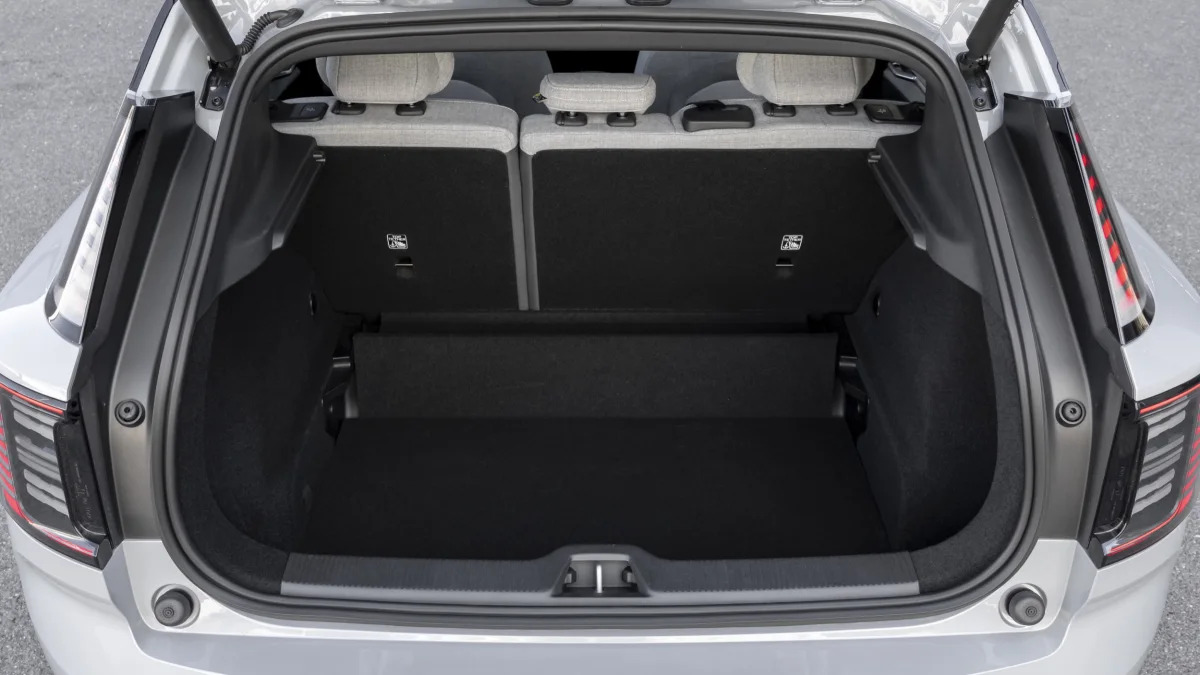


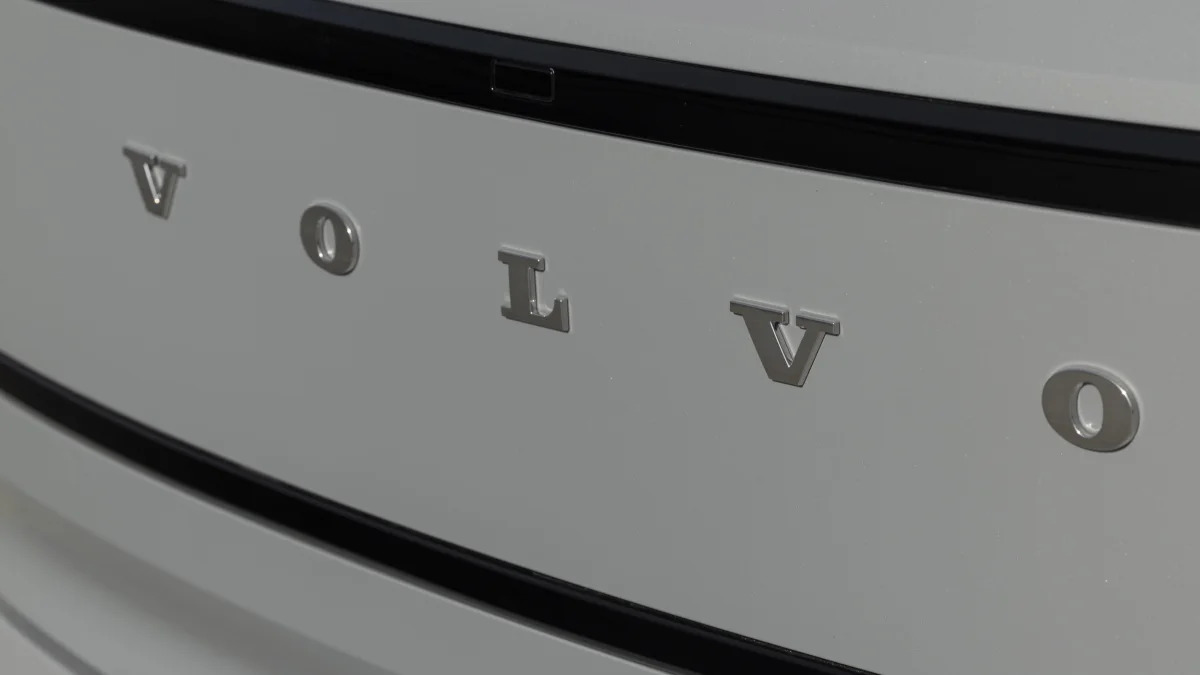





















































Sign in to post
Please sign in to leave a comment.
Continue